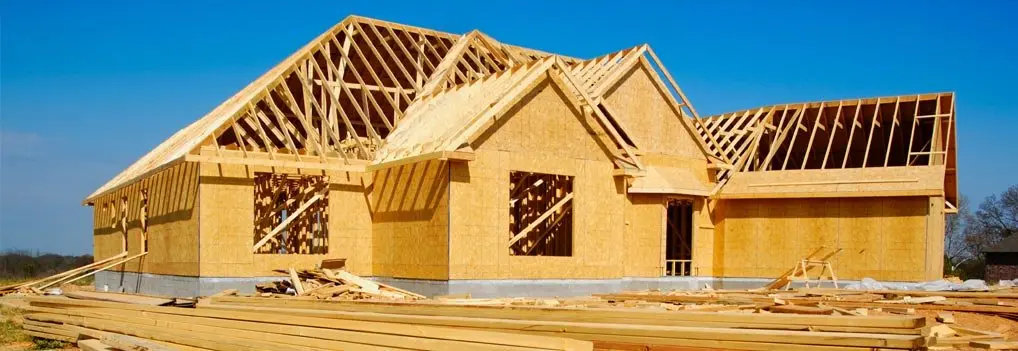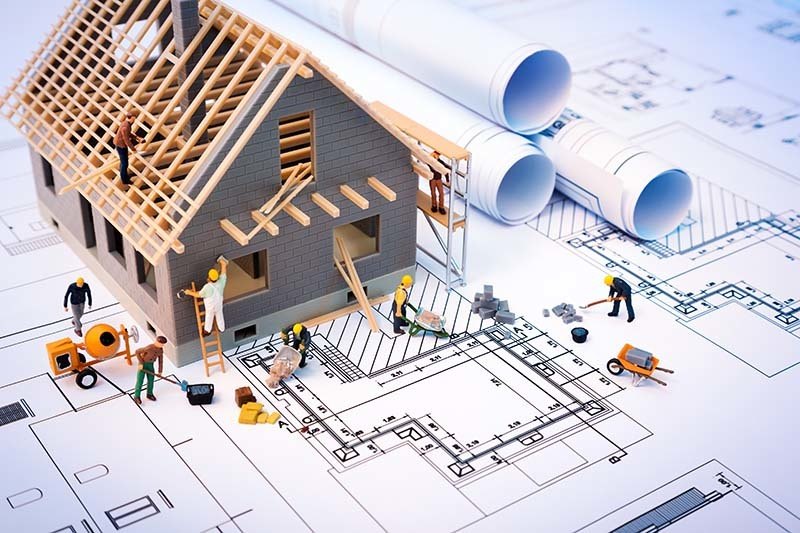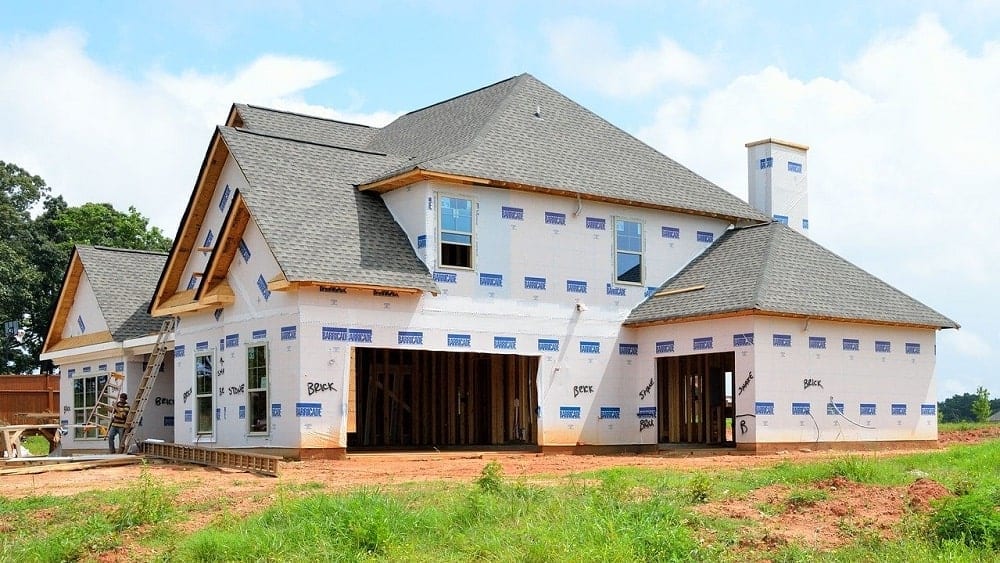Trustworthy Carmel Indiana General Contractor with Years of Experience
Trustworthy Carmel Indiana General Contractor with Years of Experience
Blog Article
How a General Professional Can Transform Your Typical Locations Into Practical Areas
The change of common areas right into practical spaces is a nuanced procedure that requires a general contractor's knowledge in analyzing particular area requirements and creating tailored remedies. By thinking about elements such as format, availability, and visual appeal, a contractor can produce atmospheres that not just serve functional objectives but likewise foster area engagement.
Assessing Current Common Area Requirements
When reviewing common areas, it is important to identify and comprehend the details needs of the community they serve. This process starts with a detailed assessment of present usage patterns, which entails celebration information on foot web traffic, height use times, and tasks taking place within these spaces. Engaging with area participants through meetings or surveys can offer important insights into their preferences and difficulties.
Next, it is essential to think about the group structure of the neighborhood, consisting of age, way of life, and any type of unique requirements that may impact exactly how these spaces are used. Family members with young youngsters may call for play locations, while older grownups might focus on access attributes.
In addition, assessing the existing infrastructure and amenities is important. Identifying areas that are underutilized or in demand of repair service can notify potential improvements. Teaming up with stakeholders, such as property supervisors and regional organizations, makes certain that the evaluation reflects a comprehensive understanding of the area's requirements.
Ultimately, a thorough assessment of current typical area requires prepares for reliable improvements, allowing for the production of spaces that foster involvement and improve the overall lifestyle within the neighborhood.
Creating for Performance and Aesthetic Appeal
A comprehensive understanding of neighborhood requires sets the phase for effective layout that balances performance and aesthetic appeals in common locations. Successful style calls for a thoughtful method that takes into consideration both the useful usages of the space and the visual appeal that enhances the environment.
Functional design entails producing rooms that satisfy the certain tasks and interactions of the neighborhood. This could include flexible seating plans for celebrations, available paths for people with mobility challenges, or assigned locations for entertainment tasks. Each element should offer an objective while ensuring ease of motion and convenience for individuals.
The choice of colors, products, and lighting can significantly impact the assumption of a room. In addition, lining up the style with the neighborhood's cultural identification can cultivate a feeling of belonging and pride.
Budgeting and Source Appropriation
Effective budgeting and resource allotment are vital components in the effective improvement of typical areas. A distinct spending plan lays out the monetary specifications within which the project have to run, guaranteeing that costs are regulated and sources are efficiently utilized. This starts with a complete assessment of task demands, including layout aspects, materials, and labor.

A general contractor plays an essential role in this stage, working together with stakeholders to establish practical budget plan estimates that straighten with the designated vision. By prioritizing essential attributes and checking out cost-effective options, the service provider can enhance spending without jeopardizing quality.
Source allotment requires tactically assigning employees, equipment, and products to different stages of the project (General Contractor Indiana). This calls for careful preparation to make sure and avoid delays that each part is delivered promptly. Additionally, regular monitoring of expenses against the spending plan site here assists to identify prospective overruns early, permitting for timely modifications
Managing Building Refine Efficiently
Taking care of the construction process efficiently is vital for attaining prompt task conclusion and keeping budget integrity. A well-coordinated method includes careful preparation, clear interaction, and reliable source monitoring. General service providers must establish a comprehensive project timeline that describes each phase of construction, enabling the recognition of prospective bottlenecks and vital milestones.
Regular progress meetings are crucial for maintaining all stakeholders educated and straightened. These meetings help with the prompt resolution of concerns, making sure that the job stays on track. Additionally, making use of job management software can simplify interaction, track development, and manage documents, lowering the possibility of misunderstandings and hold-ups.
Reliable resource allocation is additionally extremely important. By ensuring that materials, labor, and devices are readily available when required, basic service providers can prevent pricey disruptions. Implementing a positive approach to take the chance of management more enhances performance, as it enables the recognition and mitigation of possible challenges prior to they escalate.

Guaranteeing Conformity and Quality Requirements
Compliance and high quality standards are essential to the success of any kind of building job, ensuring that the completed rooms not only meet customer assumptions but likewise comply with regulatory demands. A basic specialist plays a pivotal role in implementing these criteria throughout the construction process.
First, it is vital for the professional to remain upgraded on local building codes, safety and security regulations, and sector best practices. This understanding enables them to lead design choices and material selections that line up with compliance requirements. Routine examinations and top quality analyses during the building phase help to identify potential issues early, reducing expensive delays and remodel.
Additionally, a trusted general professional fosters a culture of quality amongst subcontractors and employees. This can be attained by supplying training on conformity procedures and executing strict this quality control actions. By developing clear communication channels, the service provider can make certain that everybody included understands their responsibilities regarding conformity pop over to this site and high quality.
Conclusion
In conclusion, the duty of a general contractor in changing typical areas right into practical spaces is crucial. Via a detailed assessment of area requirements, thoughtful design, thorough budgeting, and effective task management, these experts can develop environments that improve functionality and aesthetic appeal. Adherence to conformity and quality criteria even more ensures that rejuvenated spaces not just meet the assumptions of stakeholders but likewise foster engagement and enhance the total experience for all individuals within the area.
The change of usual areas right into useful areas is a nuanced procedure that requires a general contractor's proficiency in examining specific neighborhood demands and developing customized remedies. By thinking about variables such as layout, availability, and visual appeal, a service provider can create environments that not only offer practical functions yet also foster neighborhood interaction. General professionals should develop a thorough project timeline that describes each phase of building, permitting for the recognition of critical milestones and prospective bottlenecks.

Report this page